Vegetables can be planted in the ground using a variety of techniques, each with its own benefits and compatibility for different crops and gardening styles.
Consider factors such as climate, soil quality, available space, and the particular requirements of the vegetables you plan to cultivate when selecting a planting technique. Try a variety of approaches to see which one best suits your gardening objectives.
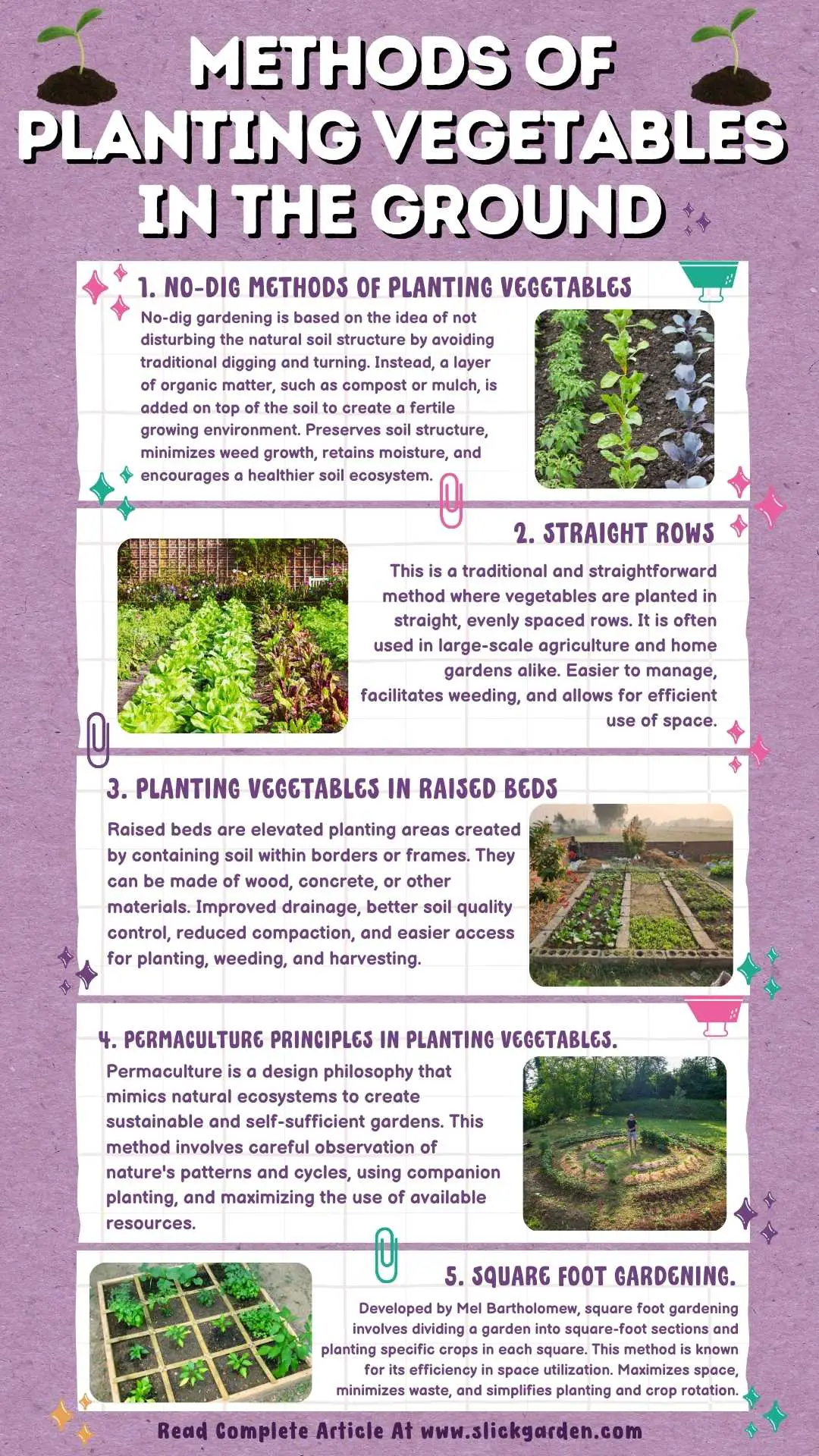
Here are 5 common methods:
1. No-dig Methods Of Planting Vegetables.
It’s quite clear why people came up with a no-dig approach to gardening! One perspective is that digging can be physically demanding, leading to the quick drying out of light soils and the potential spread of weed seeds.
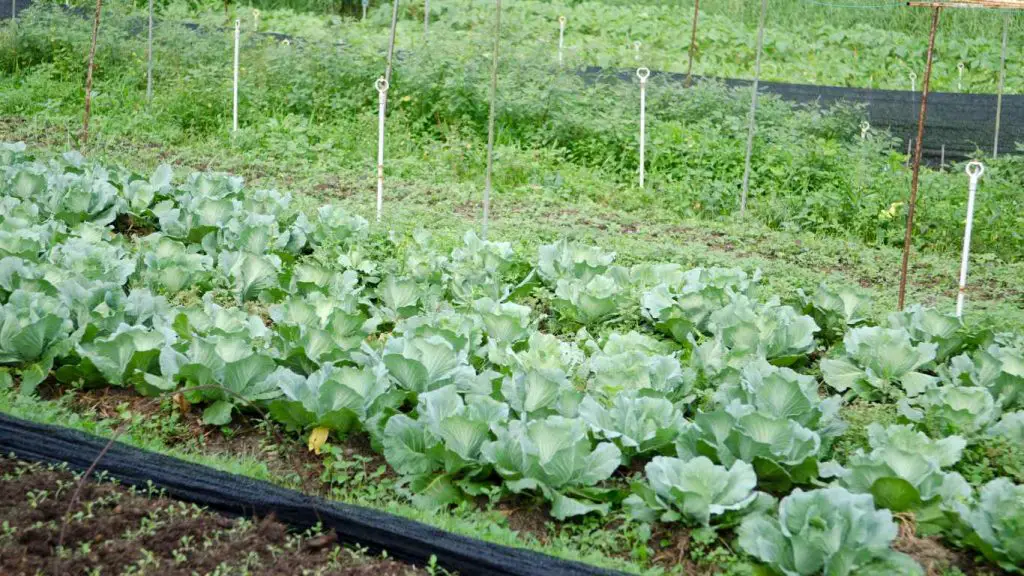
On the other hand, heavily compacted soils may not be compatible with the no-dig technique. To achieve optimal results with this technique, it is recommended to construct compact beds using boards that are at least 15cm high.
These beds should be secured in place by driving pegs into the ground. A few layers of newspaper are placed on top of the soil, followed by a mulch of straw, sawdust, and grass clippings.
Make sure to thoroughly water the area before applying a layer of compost and topping it off with approximately 6cm of soil. This layer will serve as the planting bed for your seeds. You can easily maintain the soil level by adding compost to your beds whenever necessary, as the layers of mulch decompose over time.
2. Straight Rows.
A great way to maximize your vegetable garden’s potential is by utilizing the simple technique of planting in rows. Row planting is a method of growing plants in single rows, which provides ample space and simplifies the process of cultivating in the vegetable garden.
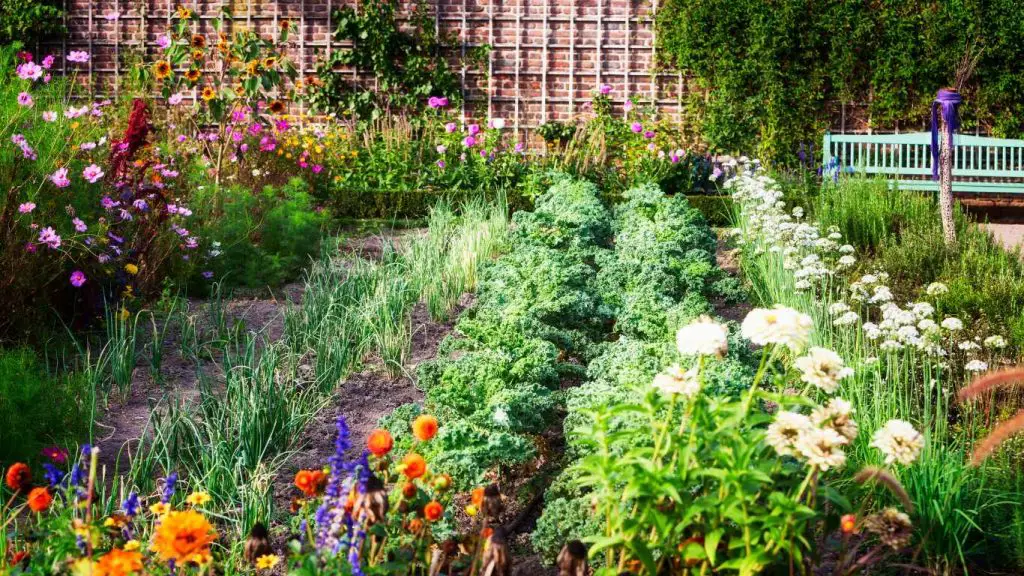
The spacing between plants and in each walkway alongside the row can be adjusted based on the amount of room plants require for growth. It is highly efficient for various gardening tasks such as transplanting, direct seeding, drip irrigation, and using garden tools.
We find this irrigation method to be more advantageous than hand-watering due to its ability to conserve water, save time, and deliver essential nutrients directly to the roots of the plants.
We maximize space in our garden by planting our crops side-by-side along the rows. This allows us to fit more plants in the available area. In addition to planting in rows, we divide our garden into subplots to create a more organized and easily manageable garden area, which also allows for improved crop rotation.
By implementing crop rotation, you can avoid the practice of planting crops in the same area year after year. This helps prevent the depletion of soil nutrients, ensuring the long-term health and productivity of your soil.
One more reason for employing this technique is to safeguard our garden plants from the harmful effects of pests and soil-borne diseases. Repeatedly planting the same crops in one area can lead to soil-borne diseases that gradually harm the crop over time.
Implementing crop rotation in the vegetable garden is crucial for enhancing vegetable production and maintaining healthy soil structures.
3. Planting Vegetables In Raised Beds.
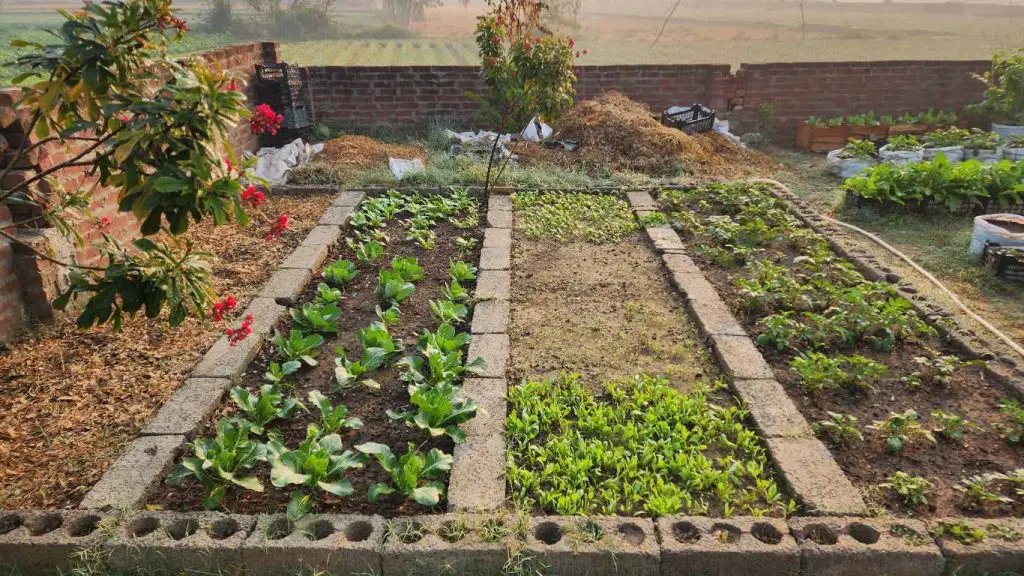
There are many benefits to planting veggies on raised beds. First of all, they improve soil drainage, avoiding waterlogging and encouraging strong root growth. Because of the elevated design, there is less chance of compacted soil, which may inhibit plant growth, and there is better aeration.
Furthermore, raised beds give gardeners greater control over the composition of the soil, enabling them to establish the ideal growing conditions for vegetables.
Additionally, the elevated structure warms up more quickly in the spring, prolonging the growing season and creating an ideal growing environment for crops that thrive in heat.
Additionally, the elevated height eliminates the need for bending or kneeling, making it simpler for gardeners to maintain and care for their plants.
Raised beds are a popular option for vegetable planting since they often improve soil conditions, maximize available space, and need less upkeep.
Related Articles:
- How To Start Raised Bed Vegetable Gardening For Beginners?
- 10 Raised Garden Bed Plans For Seniors
- Best Raised Bed Gardening Soil Mix Recipe
4. Permaculture Principles In Planting Vegetables.
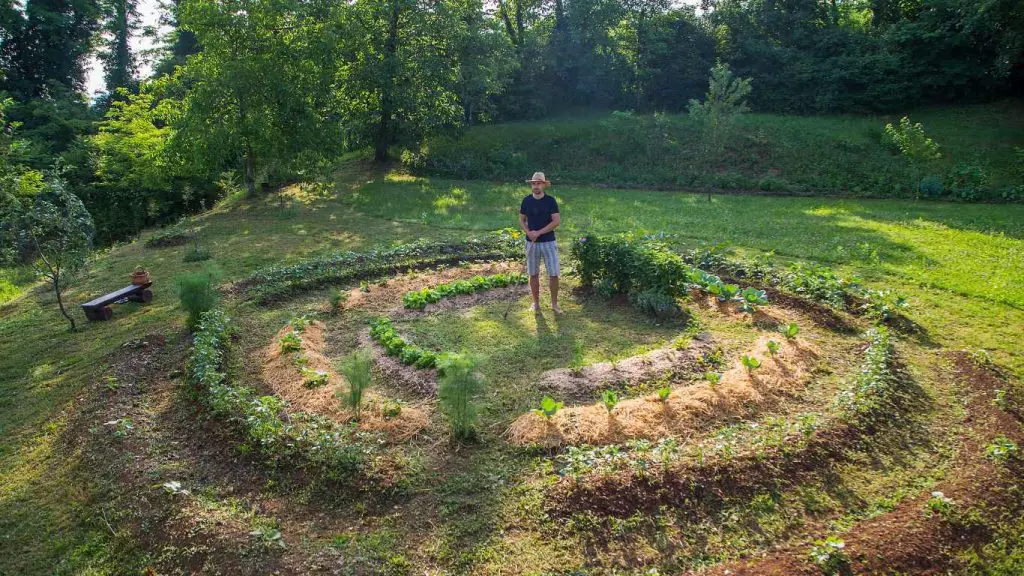
Working in harmony with nature and using your land sustainably are the main goals of permaculture. The maxim “Reduce, Reuse, Recycle” is the foundation of permaculture techniques. Utilizing this approach can help you reduce your carbon footprint.
The goal is to grow food naturally without the use of pesticides by designing your garden for ease of access and minimal work.
After determining which growing techniques will be most effective under the given conditions, you should consider the sunny sections, the protected ones, and the direction of the predominant wind. Utilizing techniques like compost bins, wormeries, and water butts, permaculture aims to reduce waste.
People can choose which veggies to grow and where to plant them by being aware of the local climate, natural cycles, and soil makeup. This observation aids in creating a garden layout that minimizes the need for outside inputs and maximizes efficiency.
One other essential permaculture principle for growing vegetables is to “use and value diversity.” Permaculture encourages the development of a wide variety of vegetables that complement one another rather than monocropping.
Growing complementing crops that promote each other’s growth, ward off pests, or increase soil fertility is known as companion planting.
5. Square Foot Gardening.
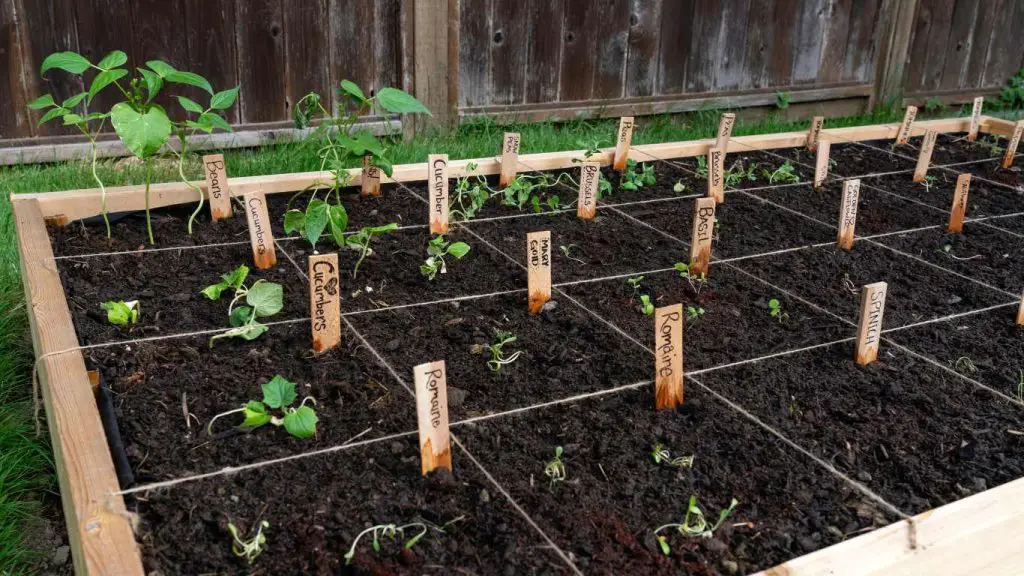
It’s as straightforward as it sounds. If you have a garden bed that measures 4×8 feet, you will have a total area of 32 square feet. This means you will have 32 separate sections or “boxes” to plant in.
Many individuals prefer to create a grid using materials such as twine, wood dowels, or PVC piping. Alternatively, you can visualize the grid and plant your crops accordingly.
Many people are increasingly drawn to the idea of using raised beds to grow a variety of vegetable crops. The technique, known as square foot gardening, is straightforward and incredibly efficient, although it does require a bit of planning.
The system was created by Mel Bartholomew, a retired engineer, efficiency expert, and US-based home gardener, in the early 1980s. It enables the cultivation of a wide variety of vegetables in limited areas, resulting in abundant harvests.
It’s incredibly convenient if you have limited space, as it usually begins with a compact 4 x 4-foot (1.2m x 1.2m) raised bed that can easily fit in the majority of backyards.
You have the flexibility to easily increase the number of beds according to your preferences and the available space. The size of 1.2m x 1.2m makes it convenient to access the center of the bed for planting and harvesting.
The garden is organized into one-foot (30cm) sections, with 16 squares for each bed. Each square is then planted with the appropriate number of plants. For instance, if a seed packet recommends sowing carrot seeds 7.5cm apart, you can easily sow 16 carrots in just one square.
